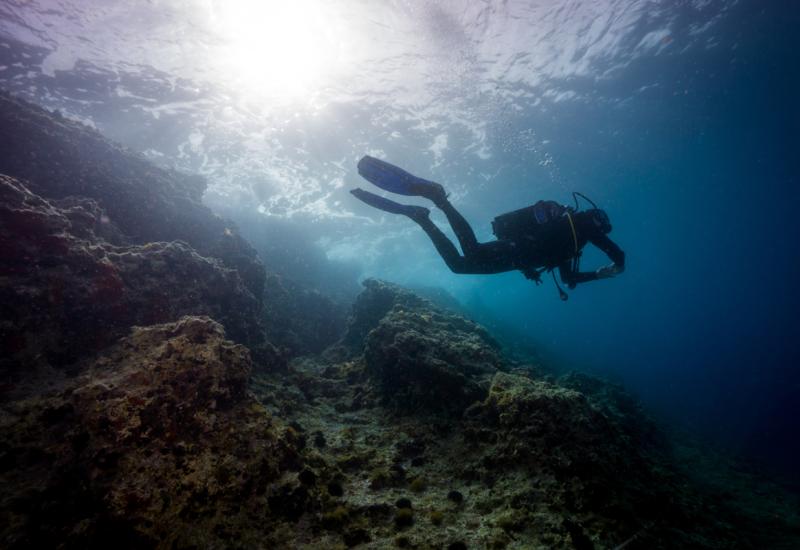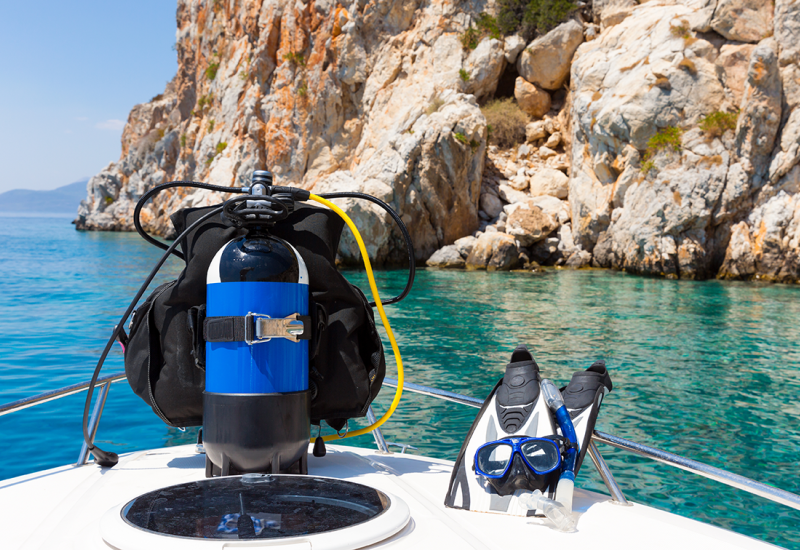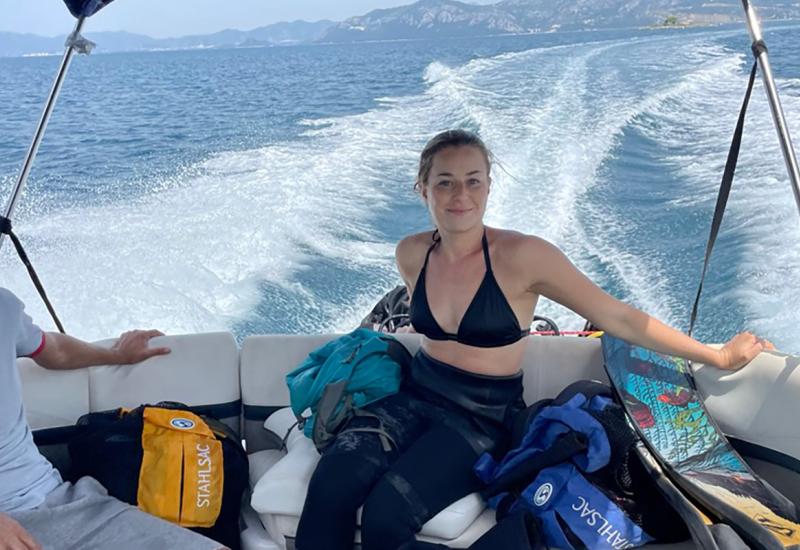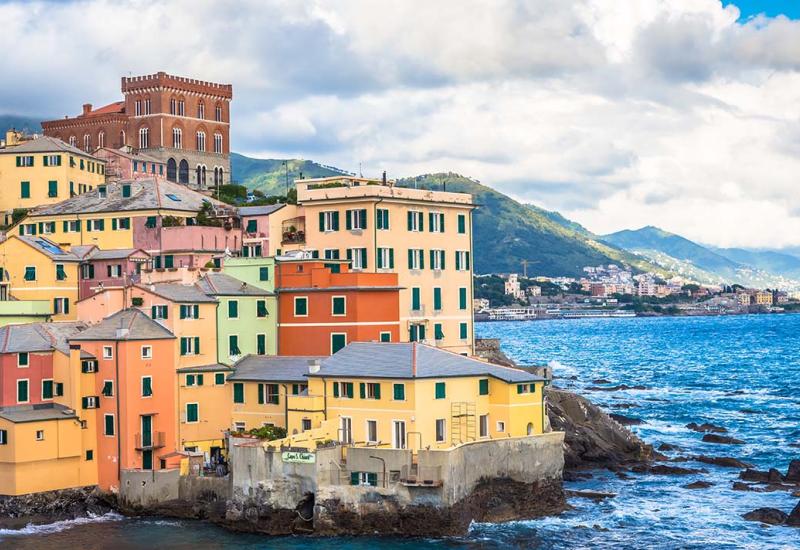Essential Europe - Sardinia & Ustica

Make it Happen You can dive from early May through October, but it’s less crowded from September. A 5 mm wetsuit is sufficient in the summer months, though the locals usually sport semidry suits. Protec Sardinia offers single-tank wreck and cave dives from $60 per person, with apartment-style accommodations for two available from $94 a night. On Ustica, Profondo Blu offers packages with four guided boat dives from $200, and you can rent one-bedroom apartments at the dive resort on the island from $535 a week. More Info www.protecsardinia.com , www.ustica-diving.it
Dark, handsome strangers and some of the best food on the planet make mainland Italy an appealing tourist destination; venture off the boot, to the islands of Sardinia and Ustica, for some of the Mediterranean’s most enticing spots. Cavern divers set their sights on Alghero, an area of northwest Sardinia poetically dubbed the Coral Riviera. Clad with limestone cliffs plunging seaward, the region’s dive offerings range from easy to technical. The Nereo Cave, for example, is considered the largest underwater sea cave in the Mediterranean –– with several entrances and tunnels, it’s best dived with a guide. Sardinia’s Golfo di Orosei is another cavern-rich dive destination, and an average depth of just 40 feet makes the experience accessible to all. At the Grotta delle Ostriche (Oyster Cave), ogle the same crustaceans that find their way to the fine porcelain plates of the yacht owners cruising the Costa Smeralda — the cave’s walls are encrusted with living and fossil oysters, and you’ll likely see mussels and prawns too. Wrecks abound in Sardinian waters, and the KT-12 wreck, torpedoed by a British submarine in 1943, is the stuff of legends, with anti-aircraft guns schooling with fish and resident conger eels and lobster. This tiny volcanic island of Ustica has been a marine reserve since 1986. The result is some of the Mediterranean’s richest sea life. The wreck of the Secca della Columbara fell apart when it sank in 2005 and sits alongside a wall covered with red gorgonians. At 72 feet deep, it’s considered one of the best dives in the Mediterranean for the giant shoals of barracuda, amber jack, grouper and giant bream it attracts. -- Terry Ward
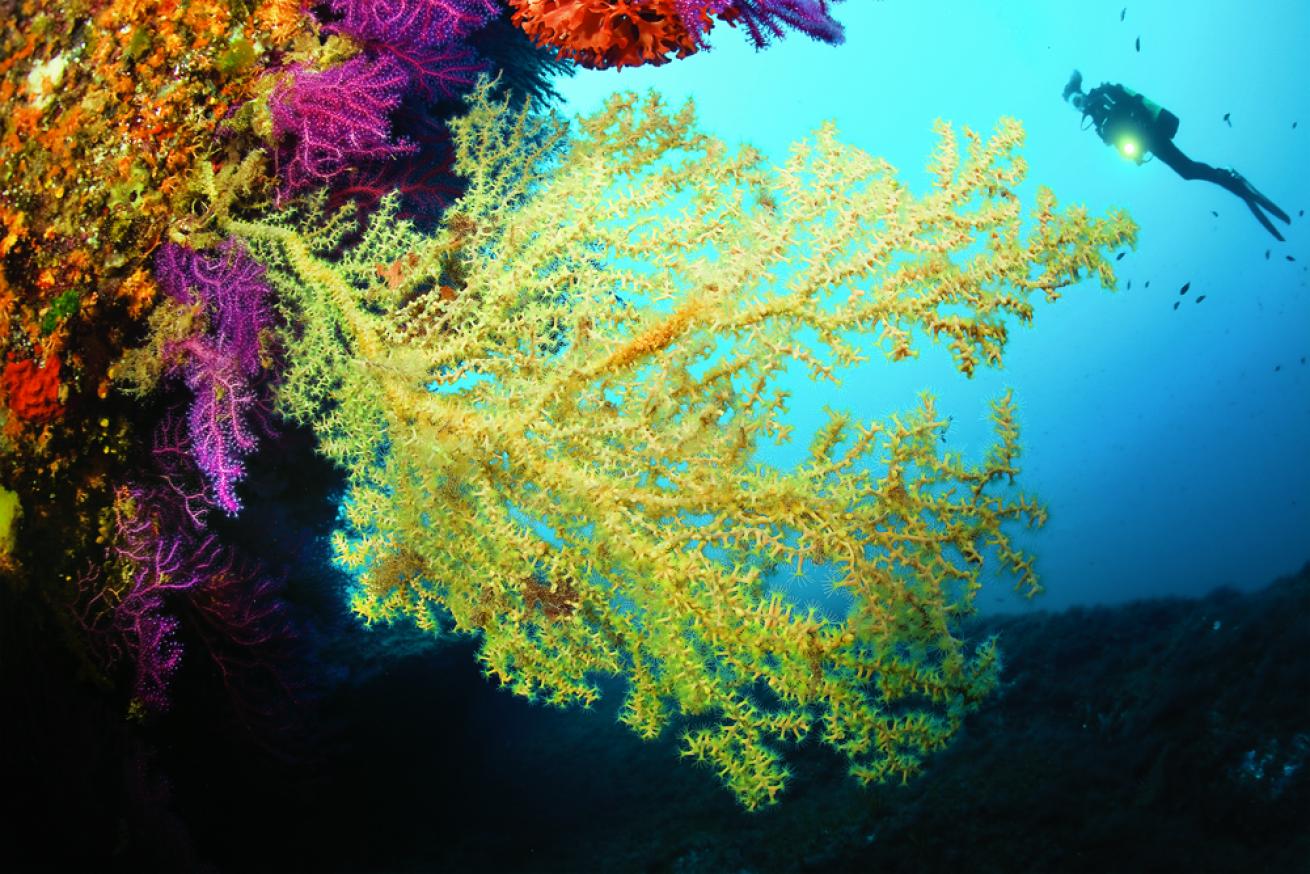
Make it Happen You can dive from early May through October, but it’s less crowded from September. A 5 mm wetsuit is sufficient in the summer months, though the locals usually sport semidry suits. Protec Sardinia offers single-tank wreck and cave dives from $60 per person, with apartment-style accommodations for two available from $94 a night. On Ustica, Profondo Blu offers packages with four guided boat dives from $200, and you can rent one-bedroom apartments at the dive resort on the island from $535 a week. More Info www.protecsardinia.com , www.ustica-diving.it
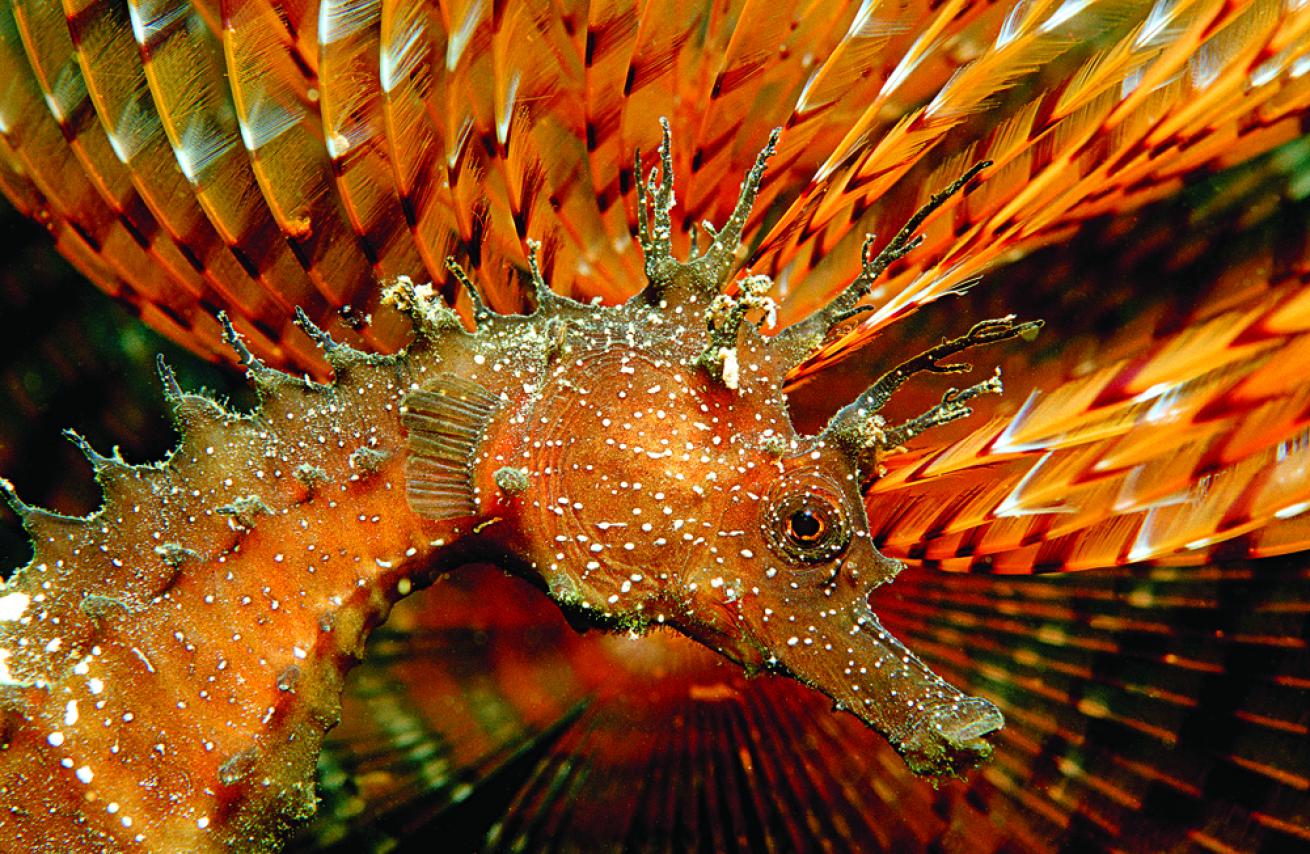
Dark, handsome strangers and some of the best food on the planet make mainland Italy an appealing tourist destination; venture off the boot, to the islands of Sardinia and Ustica, for some of the Mediterranean’s most enticing spots. Cavern divers set their sights on Alghero, an area of northwest Sardinia poetically dubbed the Coral Riviera. Clad with limestone cliffs plunging seaward, the region’s dive offerings range from easy to technical. The Nereo Cave, for example, is considered the largest underwater sea cave in the Mediterranean –– with several entrances and tunnels, it’s best dived with a guide. Sardinia’s Golfo di Orosei is another cavern-rich dive destination, and an average depth of just 40 feet makes the experience accessible to all. At the Grotta delle Ostriche (Oyster Cave), ogle the same crustaceans that find their way to the fine porcelain plates of the yacht owners cruising the Costa Smeralda — the cave’s walls are encrusted with living and fossil oysters, and you’ll likely see mussels and prawns too. Wrecks abound in Sardinian waters, and the KT-12 wreck, torpedoed by a British submarine in 1943, is the stuff of legends, with anti-aircraft guns schooling with fish and resident conger eels and lobster. This tiny volcanic island of Ustica has been a marine reserve since 1986. The result is some of the Mediterranean’s richest sea life. The wreck of the Secca della Columbara fell apart when it sank in 2005 and sits alongside a wall covered with red gorgonians. At 72 feet deep, it’s considered one of the best dives in the Mediterranean for the giant shoals of barracuda, amber jack, grouper and giant bream it attracts. -- Terry Ward


